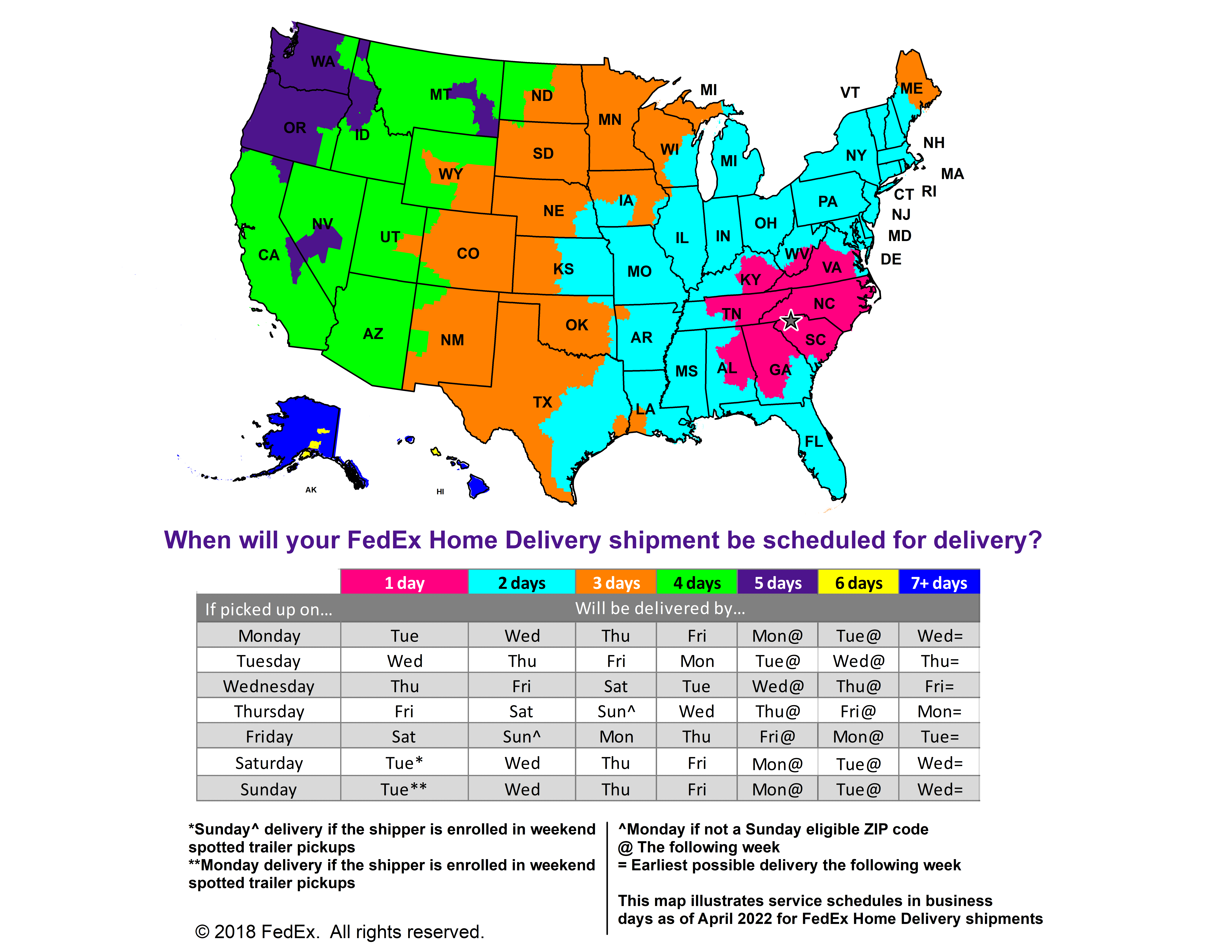Paints (Even Low-VOC) Can Increase Childhood Asthma & Allergies
Did you know paints (even low-VOC) can increase childhood asthma and allergies? We’ve written a lot over the years about the dangers of volatile organic compounds (aka VOC’s):
If this is your first VOC rodeo though, here is the gist:
VOCs are volatile organic compounds, or, in simpler terms, gasses released from products and substances. You’ll find them in everything from cleaners and cosmetics to crafting supplies and carpeting. They aren’t all bad, but many VOCs commonly found in these products are linked to short-term health effects like headaches and nausea and long-term health effects like asthma, neuro-developmental impacts, congenital defects, and even cancer.
What VOCs are in paint?
In conventional paints, specifically, you’ll find toxic VOCs like:
- Formaldehyde: A known human carcinogen that’s also associated with eye, nose, and throat irritation; wheezing and coughing; fatigue; skin rash; and severe allergic reactions. (Sources: National Cancer Institute, US Environmental Protection Agency [EPA])
- Acrolein: Which is very irritating to the eyes, nose, throat, lungs, stomach, and skin, but in regards to potential health impacts like cancer, birth defects, or reproductive issues – we simply don’t know because there haven’t been enough studies. (Source: US Agency for Toxic Substances and Disease Registry [ATSDR])
- Benzene: Another known human carcinogen. (Source: US EPA)
Many companies today are touting their low-VOC paints as an excellent way to avoid all these nasty toxics, but what is the threshold for “low” exactly?
- Run-of-the-mill Paint: Federal VOC limits are now set at 250 grams per liter (g/l) for flat paints and 380 g/l for others. But, there’s a patchwork of different standards in states and regions across the U.S. For example, California’s standards are stringent: 150 g/l for non-flat finishes and 100 g/l for flat. And, when you have lower requirements in such a massive economy, it tends to impact the whole industry, so today, a typical can of flat interior latex paint contains about 150 grams per liter of VOCs.
- Low-VOC is usually 50 g/l or less; and
- No-VOC is usually 5 g/l or less.
Plus, VOC content regulations were developed to help reduce outdoor VOC emissions that contribute to the formation of ground ozone and smog. They were not developed to reduce indoor VOC emissions or chemical exposure to building occupants. Since not all VOCs contribute to ozone and smog formation, “low-VOC” or “no-VOC” products may still contain toxic VOCs that can off-gas into the indoor environment (like formaldehyde!)
What are the health impacts? We don't know for sure, but a study from the National Institute of Health found that exposure to VOCs at even low levels can increase the risk of childhood asthma. And while this study only focused on childhood asthma, other studies have shown children exposed to fumes from paint and common cleaner have a higher risk of allergies as well as asthma. While these studies aren't definitive and more research needs to be done, we think it's reason enough to find safer alternatives.
What can you do?
Given the fact that most companies have taken advantage of the lack of oversight and regulation and perpetuate marketing messages that blur the truth, you really need to do your research before buying any paint.
For both the paint and the color tint, ask the manufacturer for the MSDS (or get it off the web), which should spell out the ingredients, so you can identify any of concern that may not fall under federal VOC regulations.
Find a company you can trust — like Lullaby Paints. Seriously, we were just as frustrated with the industry and that’s why we created our paints. We are currently the only company in the industry that has fully disclosed what's in our paints. We have nothing to hide!
And, in case you’re wondering, we didn’t compromise on quality even a smidgen. We created an award-winning paint, praised as much for its color, coverage, and durability, as it is for its safety. Lullaby Paints might take a little more time and effort to produce, but we think that our babies are worth it.
Order your FREE samples today!
The information provided on this site is intended for your general knowledge only and is not a substitute for professional medical advice or recommendations. Please consult your healthcare provider with any questions or concerns you may have regarding the issues raised here.


























